Pouhana ‘O Na Wahine Organizing Efforts to Establish Safety of Native Hawaiian People: Native Solutions to Local Problems
Native Hawaiian women represent the highest percentage of victims of domestic and sexual violence within the state of Hawaii. The Pouhana ‘O Na Wahine1 a collective of Native Hawaiian women, is focused on determining how to organize to change this unacceptable reality. “Our hui understands the violence and injustice we have experienced as Native Hawaiians. We are committed to working together to identify a Native Hawaiian plan of action,” said Rose Pettigrew, Acting President of the Pouhana’s Board of Directors.
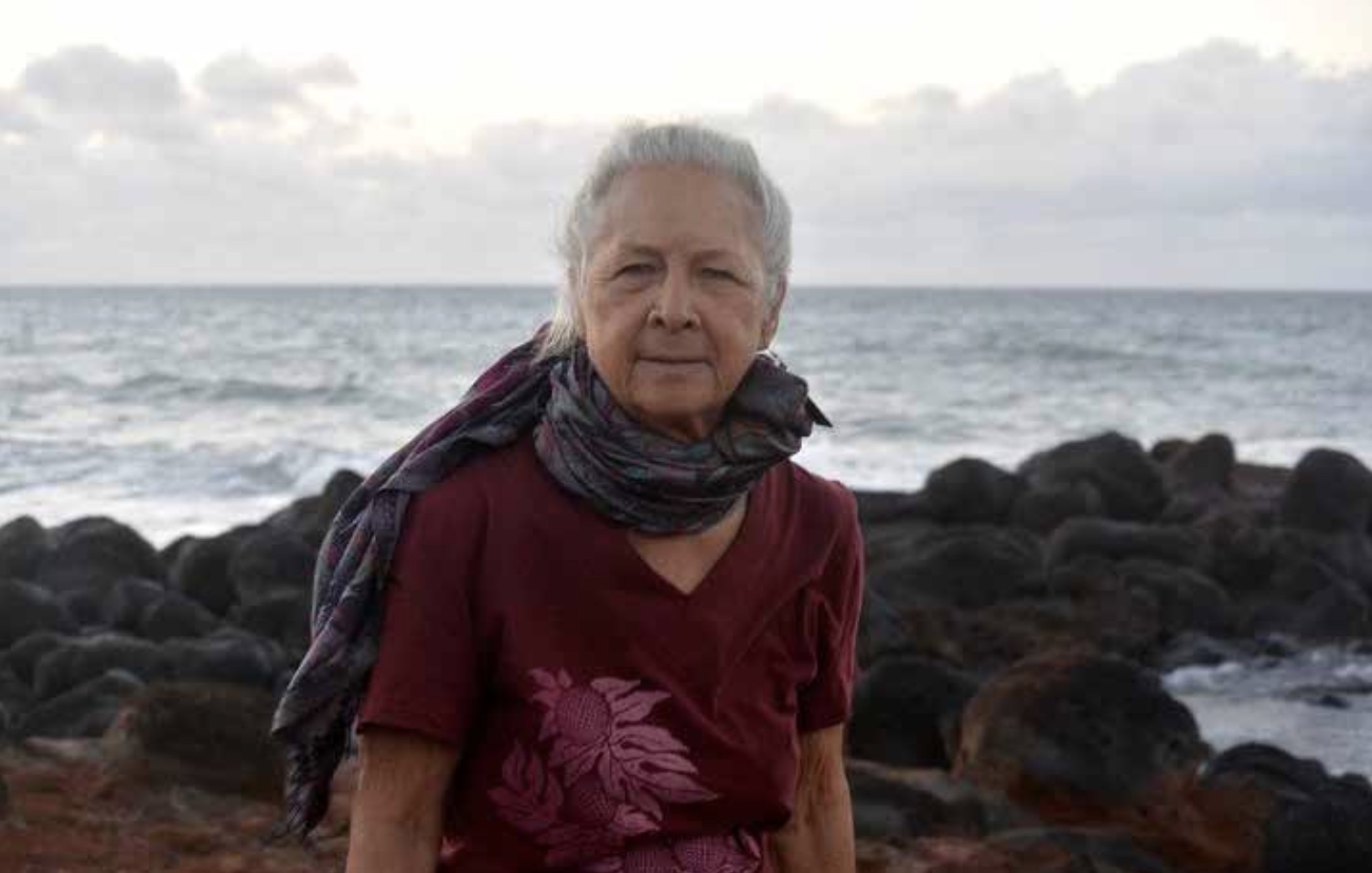
The hui understands that relying solely on current non-indigenous responses to domestic and sexual violence are short-term, temporary solutions which do not address the needs of Native Hawaiians. Taking on the challenge of organizing to increase safety for women and children, the hui is discussing their strategy based on a Native Hawaiian worldview for addressing the injustices and trauma they’ve suffered since 1898 as seen in their rates of domestic violence.
In Senate discussions leading to the passage of the 1993 Native Hawaiian Apology Bill, Senator Inouye stated, “..we cannot change history. We are not here to change history. But we can acknowledge responsibility.” Senator Akaka stated, “Long neglected by the United States, native Hawaiians have literally fallen through the cracks when it comes to a comprehensive Federal policy toward native Americans.” Now nearly three decades later, the words of these Senators continue to speak to the reality of Native Hawaiian people and survivors of domestic and sexual violence.
The Apology of the U.S. Congress finally signed into law in 1993 (PL 103-150), included recognition of “the long-range economic and social changes in Hawaii over the nineteenth and early twentieth centuries have been devastating to the population and to the health and well-being of the Hawaiian people” and commitment to reconciliation between the U.S. and Native Hawaiian people. “Before we can unite and organize for change to address injustices of domestic violence and violence against women, we must first acknowledge and understand the injustices,” said Lucy Simpson, NIWRC Executive Director.
The U.S. Government Acknowledging Responsibility: DOI Final Rule for Reestablishing Government-to-Government Relationship
One year ago, on October 14, 2016, the U.S. Department of Interior released a final rule titled Procedures for Reestablishing a Formal Government-to-Government Relationship With the Native Hawaiian Community (43 CFR Part 50). The Final Rule came 23 years after the Apology and several decades filled with congressional hearings, public comment, and much discussion to understand the injustice of the 1893 overthrow of the Constitutional Monarchy and Hawaiian Kingdom. The release of the Final Rule was a historic step toward laying a “proper foundation for reconciliation.”2
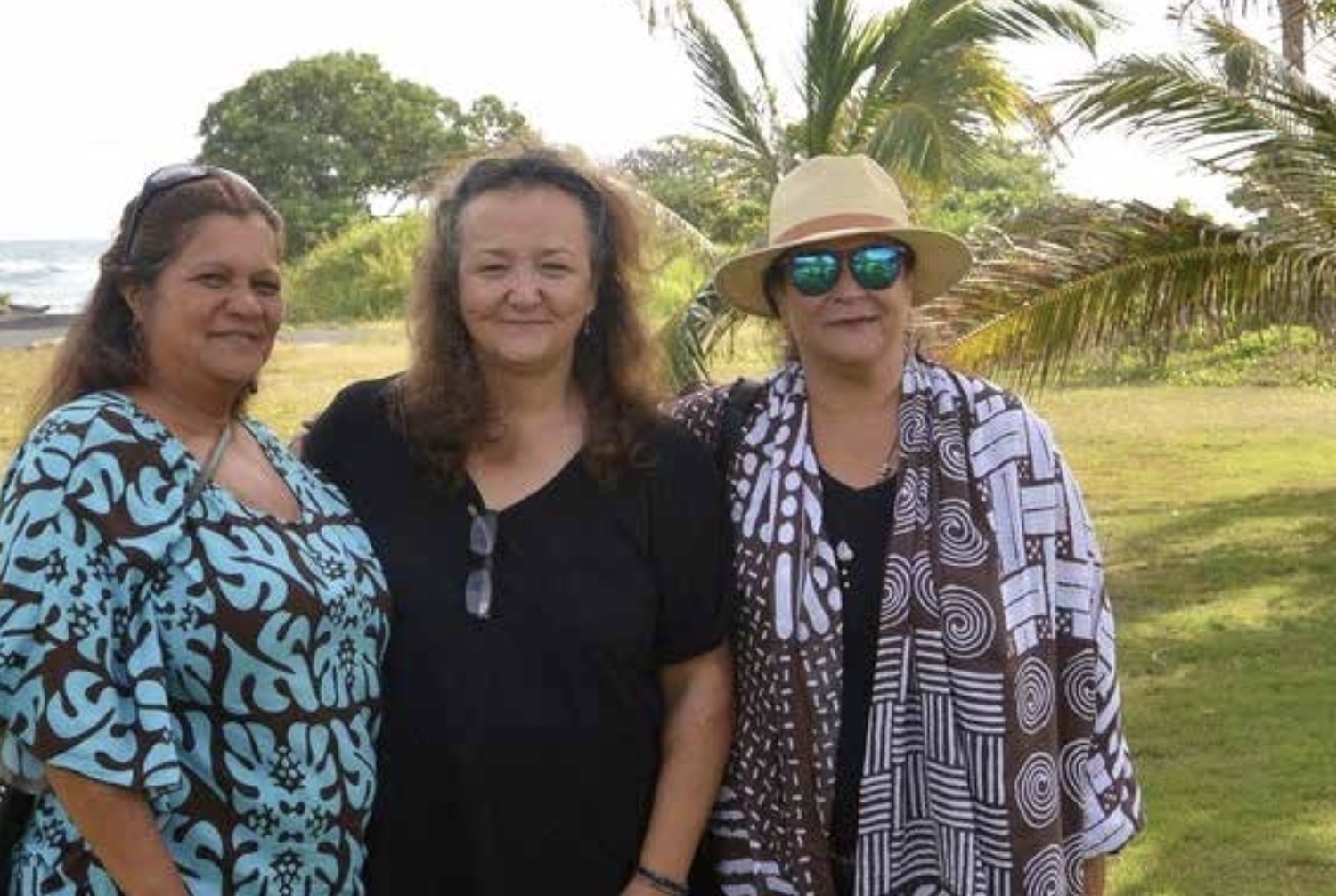
The final rule is the U.S. government’s official document establishing the Secretary of the Interior’s administrative process and criteria for “reestablishing a formal government-to-government relationship with the Native Hawaiian community to more effectively implement the special political and trust relationship that Congress established between that community and the United States.” This federal government process is optional, and includes a process for the Secretary to receive, evaluate, and act on the request, including a process for public comment on any such request. “The Pouhana wants everyone to know that this federal regulation, 43 CFR Part 50, is optional. We don’t have to respond to the regulation, but we do need to talk with each other as Native Hawaiians and act to end the violence happening against our women,” said Michele Navarro Ishiki with the Pouhana.
Sovereignty and Safety for Native Hawaiian Women
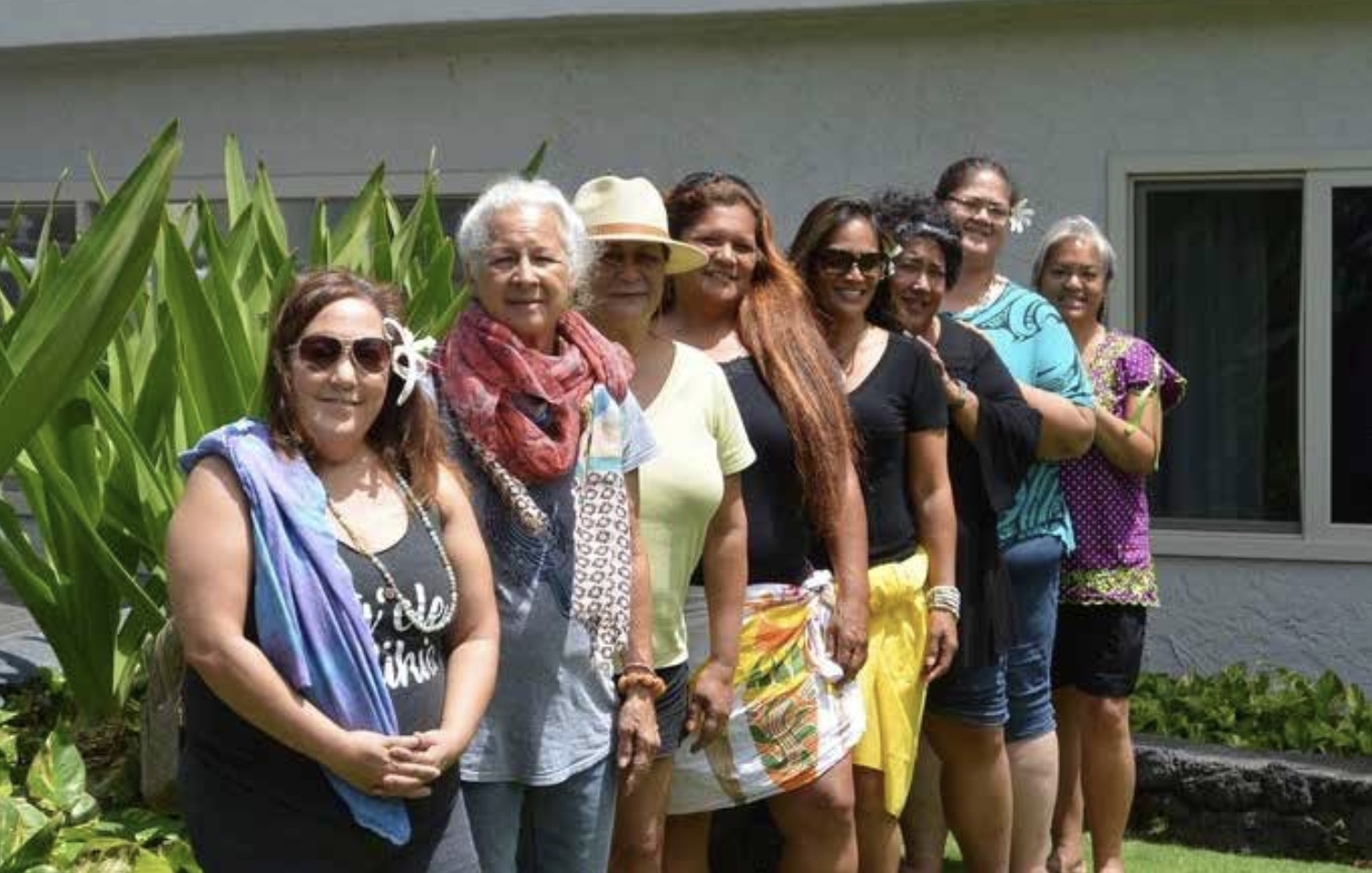
The Pouhana ‘O Na Wahine is discussing how best to exercise Native Hawaiian sovereignty to increase the safety of Native Hawaiian women from domestic violence and other violence against women crimes such as trafficking and murders. “It has been a long road to reach this point in time and we look forward to participating in this discussion and analysis,” said Rose Pettigrew, Acting President of the Pouhana’s Board of Directors. Discussion of the Final Rule, how we exercise our sovereignty and understand the struggles over the past 119 years since the overthrow of Queen Liliuokalani and the Kingdom, as evidenced in the high rates of domestic violence, will lay a strong foundation for the Pouhana’s organizing efforts.
“Based on experiences in our Native Hawaiian communities on the various islands, we see the devastating impact of domestic violence and how our people struggle especially with non-Native Hawaiian services and system responses—both government and nonprofit,” said Wanette Lee, NIWRC Board member and with the Pouhana.
The path to safety for Native Hawaiian women is connected to recognizing, restoring, and strengthening the beliefs and lifeways of Native Hawaiian people. upheld by the monarchy and Native Hawaiian government that did not value such violence, imbalance, and disrespect. “We are striving to reawaken a sense of lokahi and being pono. That’s who we are
as Native Hawaiian people,” said Dayna Schultz.
“Native Hawaiian people had their own government structure and processes, including our practices and ceremonies,” said Kupuna3 NaniFay Paglinawan with the Pouhana. “Strengthening our way of life to address violence against wahine is linked to recognizing the authority of Native Hawaiians as a nation. We also need resources to implement the programs
rooted in Native Hawaiian voices, language, and teachings.” Culturally appropriate programs to support Native Hawaiian families is essential to healing and revealing our true way of life.
Developing an indigenous Native Hawaiian approach is an important part of the process to guide our work. “We are excited to share with the Alaska Native Women’s Resource Center its efforts to develop an indigenous-based curriculum for Alaska villages. The three core components shared by Tami Truett Jerue of their curriculum of “Our Language, Our Teachings, and Our Voices” offers us as a collective, a non-western path to understanding and creating safety for Native Hawaiian women. These components reflect an indigenous worldview or way of seeing the world as self-governing peoples,” said Mililani Martin with the Pouhana.
The Pouhana meeting in Maui comes at a time when Native Hawaiians are struggling with recognizing, restoring, and strengthening their responsibilities for Ka‘ehu and living according to their beliefs and lifeways. “If we don’t step up to the plate and recognize, restore, and strengthen our responsibilities to the land and each other, no one else will and we will continue to see our people hurt themselves and others and our ‘aina and ‘ohana suffer,” said Kupuna NaniFay Paglinawan. Ka‘ehu is stolen land reclaimed earlier this year by Native Hawaiian activists.
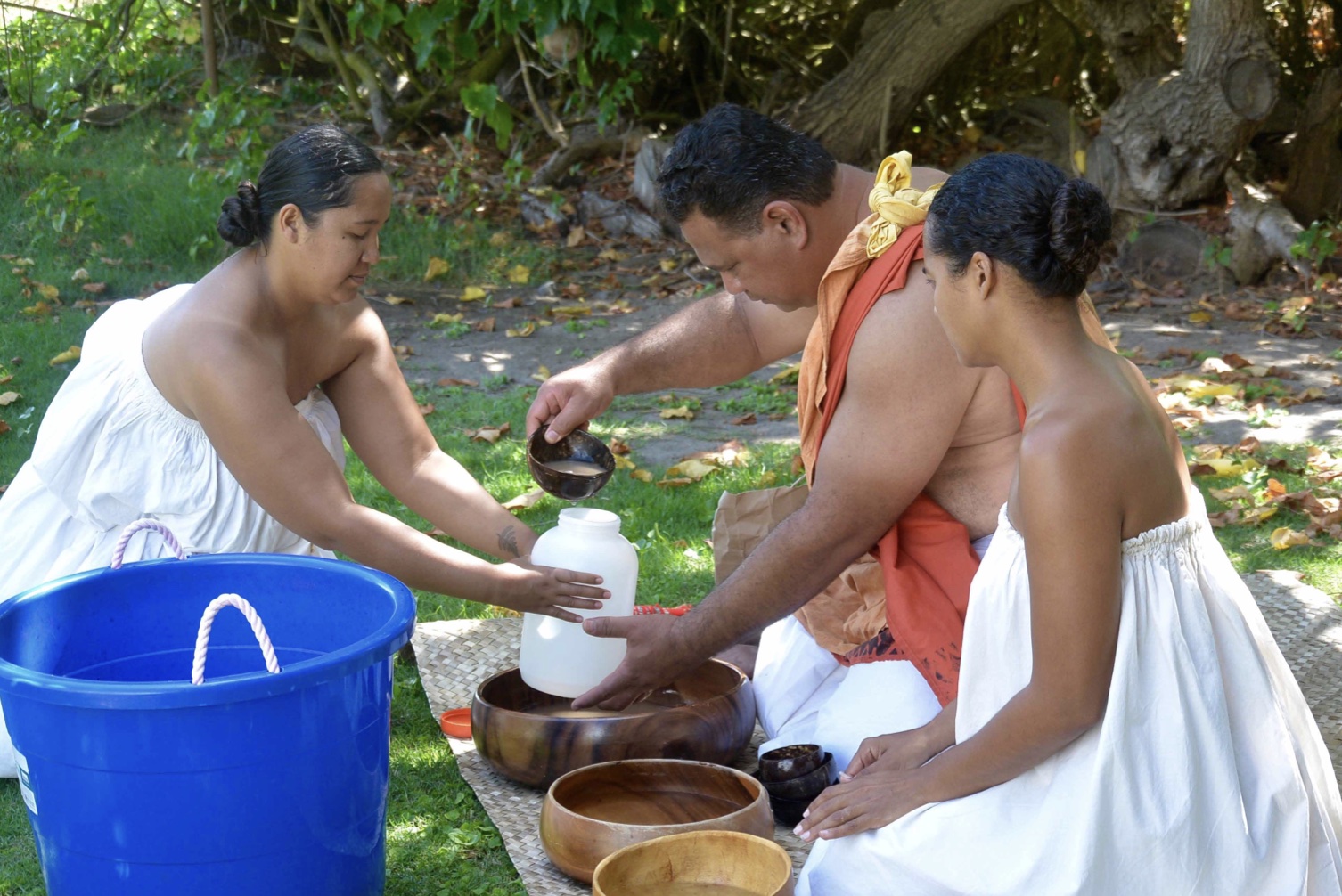
|
Prior and Current Relationship Important to note that the U.S. government entered into five treaties with the Kingdom of Hawaii as referenced in the Apology Bill from 1826 through 1887, and has consistently recognized its special relationship with the Native Hawaiian community with more than 150 federal laws, including creating special programs and services for the Native Hawaiian community. Examples include the Hawaiian Homes Commission Act, Native Hawaiian Health Care Improvement Act, and Native Hawaiian Education Act. This relationship has continued even without a government- to-government relationship between the U.S. and the Kingdom or any other Native Hawaiian government. There has also been a special relationship as evidenced by state laws respecting Native Hawaiians. As written in the state Constitution Article 12, Section 7, reaffirming that the state “shall protect all rights, customarily and traditionally exercised...by...descendants of native Hawaiians who inhabited the Hawaiian islands prior to 1778.” |
Onipaʻa (stand firm): Pouhana ‘O Na Wahine Organizing Efforts Continue
The Pouhana ‘O Na Wahine met September 9–10, in Maui, including visits to Kaʻehu and ʻIao Valley and continued discussions about how best to onipaʻa (stand firm or balance between being grounded and moving purposefully/ intentionally) to achieve safer and healthier communities for their ‘ohana. Their meeting included discussions concerning:
- the final rule as part of the government’s offer toward reconciliation and healing;
- the Alaska Native Women’s Resource Center and the National Indigenous Women’s Resource Center development of a curriculum rooted in indigenous voices, languages, and teachings to support local, village- based responses to domestic violence, and increase understanding of the need to end the isolation and exemption that Alaska Natives like Native Hawaiians have experienced from comprehensive national policy change; and
- understanding the fundamentals of restoring relationships within the 'ohana (family) through a Hawaiian practice called Ho'oponopono. This will be critical in laying the foundation for reconciliation as Native Hawaiians take control of their own responses and how to work with various allies, state, and federal entities across the country.
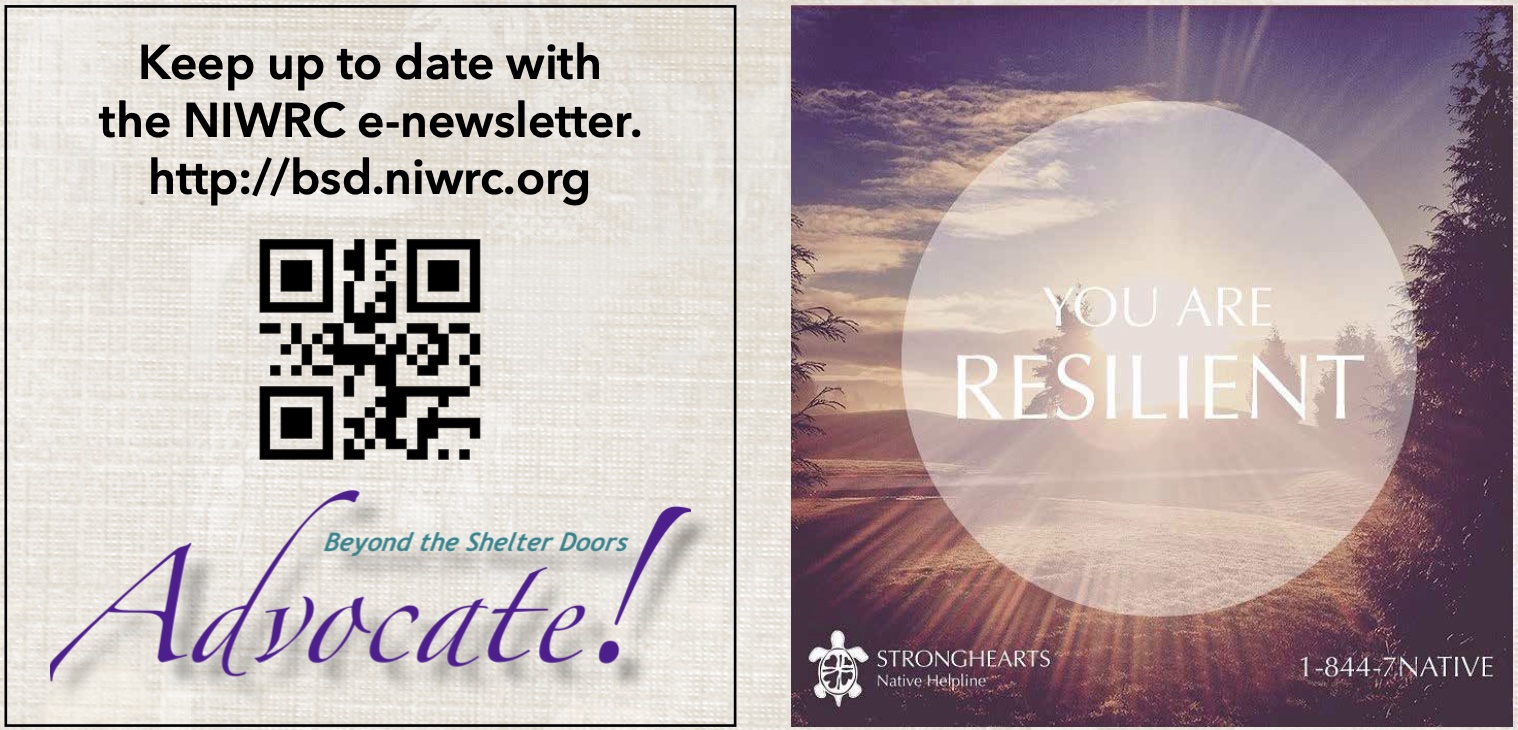
1 Translation of Pouhana ‘O Na Wahine is Pillars of Women
2 Apology Resolution at 1513
3 Kupuna is an elder





